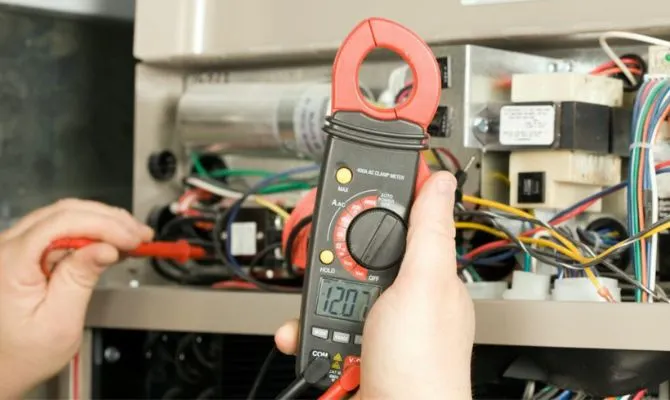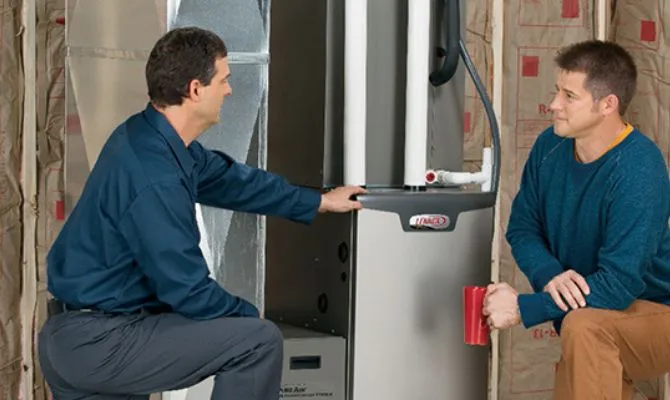When it comes to keeping your home warm and comfortable during the colder months, your furnace is a crucial piece of equipment. One key component of your furnace is the flame sensor, which is responsible for detecting the presence of a flame and ensuring that your furnace is operating safely and efficiently. In this article, we’ll take a closer look at the furnace flame sensor, including what it does, how it works, and how to troubleshoot common issues.
Furnace Ignition Sensor
The furnace ignition sensor, also known as the flame sensor, is a safety device that ensures that the gas valve on your furnace is only opened when there is a flame present. If the flame sensor detects that the pilot light has gone out or that there is no flame present, it will shut off the gas valve to prevent gas from building up in your home.
Furnace Heat Sensor
In addition to ensuring that your furnace is operating safely, the flame sensor also plays a role in ensuring that your furnace is operating efficiently. If the flame sensor is dirty or malfunctioning, it can cause your furnace to run inefficiently, which can lead to higher energy bills and decreased comfort in your home.
Gas Furnace Flame Sensor
So, how does the flame sensor work? When your furnace is turned on, the gas valve opens and the burners ignite, producing a flame. The flame sensor is positioned near the burners and senses the presence of the flame. If the sensor detects that the flame is present, it sends a signal to the furnace control board to keep the gas valve open and keep the burners running. If the sensor does not detect a flame, it sends a signal to the control board to shut off the gas valve and turn off the burners.
Furnace Temperature Sensor
Now that we know what the furnace flame sensor does and how it works, let’s take a look at some common issues that can occur with this component.
One of the most common issues with the flame sensor is that it can become dirty or corroded over time. When this happens, the sensor may not be able to detect the presence of the flame, causing your furnace to shut off prematurely or not ignite at all. To fix this issue, you can clean the sensor with a soft cloth or sandpaper, being careful not to damage the delicate metal.
Another common issue is that the sensor may become damaged or worn out over time. If this happens, you will need to replace the sensor to ensure that your furnace is operating safely and efficiently.
If you’re experiencing issues with your furnace not igniting or shutting off prematurely, it’s important to call in a professional HVAC technician to diagnose and repair the issue. While cleaning or replacing the flame sensor may be a simple fix, there may be other underlying issues that require professional attention.
Flame Sensor Furnace: Conclusion
In conclusion, the furnace flame sensor plays a crucial role in ensuring that your furnace is operating safely and efficiently. By understanding how this component works and how to troubleshoot common issues, you can ensure that your home remains warm and comfortable throughout the colder months. Remember to regularly clean and maintain your flame sensor to avoid issues and to prioritize the safety and comfort of your home above all else.



